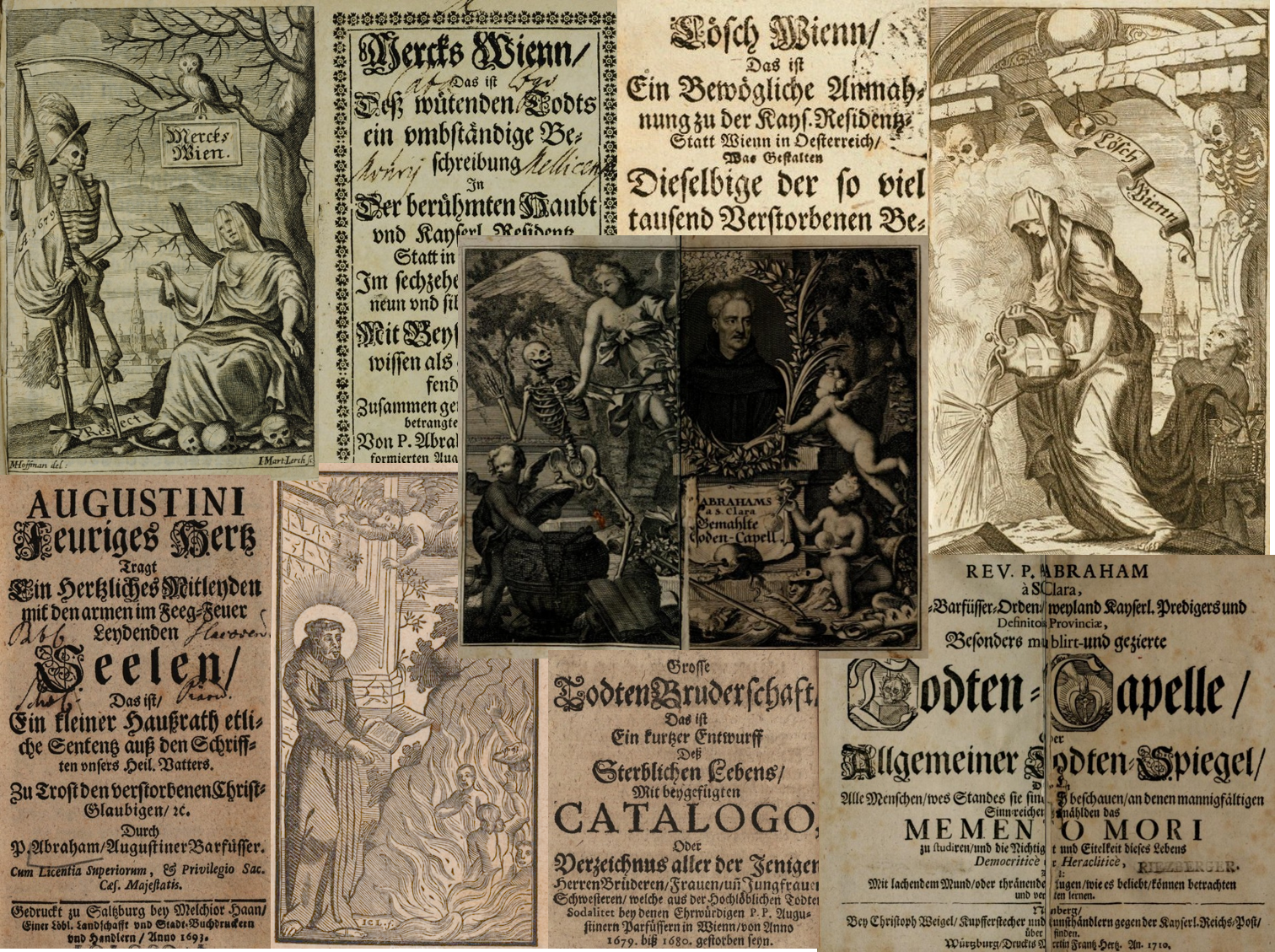linguistic annotation
Tour de CLARIN: CINTIL-DependencyBank
Written by João Silva
CINTIL‑DependencyBank is a corpus of Portuguese utterances annotated with the representation of grammatical dependency relations, a kind of linguistic...
ABaC:us – Austrian Baroque Corpus

The Austrian Baroque Corpus is a digital collection of printed German language texts dating from the Baroque era, now freely available through the Austrian Centre for Digital Humanities: https://acdh.oeaw.ac.at/abacus/
At present, the digital collection holds several texts specific to the memento mori genre written by, or ascribed to, Abraham a Sancta Clara (1644-1710), who was a renowned Augustinian monk, and a widely read author throughout Europe at his time. All of the texts (sermons, devotional books and works related to the dance-of-death theme) have been enriched with different layers of structural information and tagged using automated tools adapted to the specific needs of the language of the period. One important achievement of the project is that each occurring historic word form has been electronically mapped to its corresponding lemma in High German and corrected or verified by domain experts. Throughout all of the phases of the workflow, the interdisciplinary team (literary, linguistic, and text technology specialists) insisted on high quality linguistic and semantic annotation, creating a sound basis that allows for sophisticated research questions.
The present corpus was compiled between 2010 and 2015 at the Institute for Corpus Linguistics and Text Technology (ICLTT) and at the Austrian Centre for Digital Humanities (ACDH) of the Austrian Academy of Sciences, alongside two associated research projects: “Text‐Technological Methods for the Analysis of Austrian Baroque Literature“ (March 2012 – September 2014, supported by funds of the Österreichische Nationalbank, Anniversary Fund) and “Mortuary Cult in 17th Century Vienna: Confraternity Studies in the Digital Age” (June 2014 – May 2015, supported by funds of the City of Vienna).